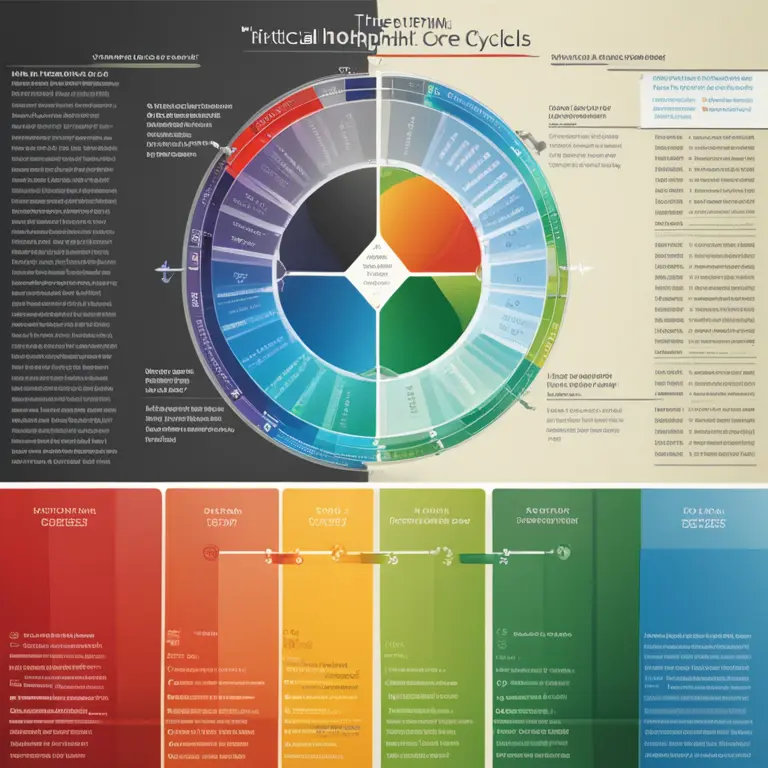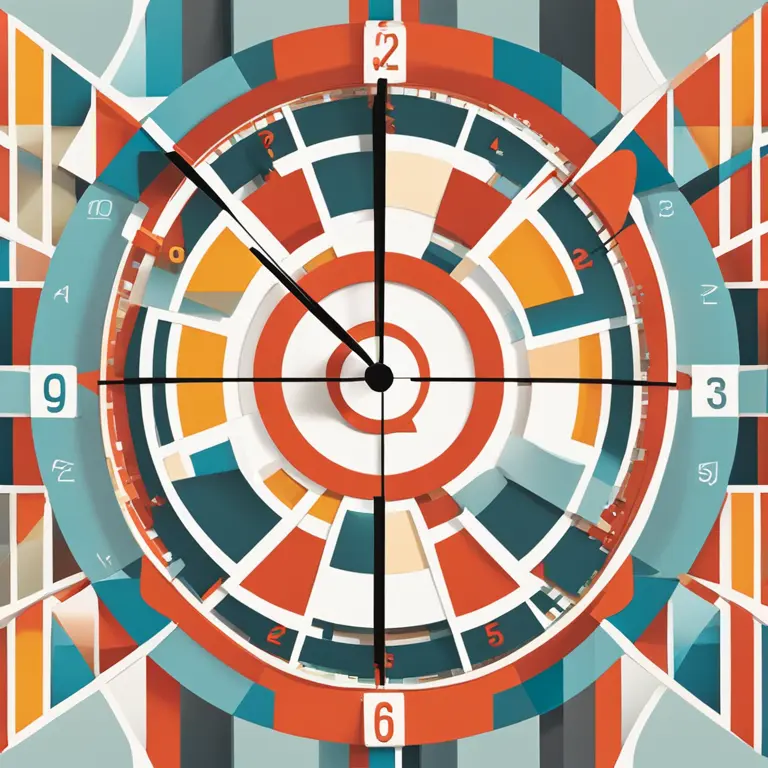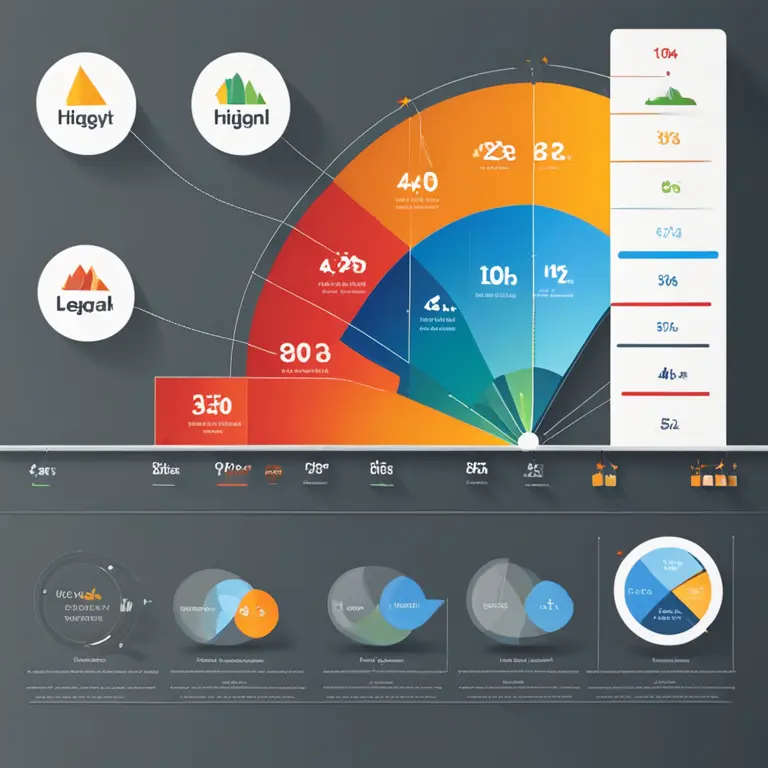
Mastering Biorhythm Charts: A Guide
Delve into the basics of biorhythm theory and learn the steps to interpret your personal rhythmic patterns for better life planning.
article by Adrian Wallace
Introduction to Biorhythms
Biorhythms are a complex theory that suggests our life is influenced by natural mathematical cycles. Believers argue that understanding these cycles can provide insight into one’s physical, emotional, and intellectual well-being. Although the concept originated in the late 19th century, it gained popularity in the 1970s and has since continued to intrigue those looking for patterns in their life’s ebb and flow. With technology advancement, tracking these cycles has now become more accessible, allowing individuals to make interpretations that may impact their decisions and planning.

Understanding the Core Cycles
Three fundamental cycles are central to biorhythm theory: the physical (23 days), emotional (28 days), and intellectual (33 days). Each of these cycles oscillates between a high and low phase, crossing a neutral point that's considered critical. The physical cycle influences strength, coordination, and well-being, the emotional cycle governs mood and creativity, while the intellectual cycle affects cognitive functions and alertness. By charting these cycles, one may predict their peak days for various activities.

The Biorhythm Chart
A biorhythm chart displays these three cycles as sine waves, starting from your birth date. Each wave is plotted on a graph with days as the X-axis and the high, low, and critical points as the Y-axis. To read your biorhythms, you mark the current date on the X-axis and observe where each cycle's curve lies. This visual representation allows for an at-a-glance understanding of your current state in each of the three key areas.

Critical Days and Predictions
Critical days occur when a cycle crosses the zero line, signaling a time of unpredictability and caution. These days are typically regarded as moments to avoid major decisions or demanding activities. By contrast, days where a cycle is in the positive phase may be favorable for initiatives that align with the cycle's domain, such as starting a new workout during a high physical cycle, or undertaking a challenging mental task during an intellectual upswing.
Personalizing Your Analysis
For personalized biorhythm readings, it's essential to use your exact birth date as the starting point. There are now various apps and websites that can generate detailed charts with interpretations. Personal factors like life events, health conditions, and environmental influences can also modulate your cycles, so it’s wise to integrate biorhythmic insights with personal judgment and external advice.
Criticism and Consideration
Though some individuals find value in biorhythms as a self-help tool, the scientific community remains skeptical of its predictive power. Critics often point to the lack of empirical evidence supporting biorhythmic cycles' influence on one's life. Nonetheless, many users embrace biorhythms as a way to foster self-awareness and a mindful approach to daily life, rather than as a deterministic forecast.
Concluding Thoughts on Biorhythms
Whether or not one believes in the veracity of biorhythms, exploring these patterns can be a fun and introspective activity. As with any wellness practice, it's critical to maintain a balanced perspective, using biorhythmic insights as a guide rather than an absolute dictum. Remember to consider other factors and personal intuition when making life choices.
Published: 1/25/2024
Modified: 1/25/2024
More predictions
Come back here soon to learn more about yourself and your future


The Basis of Biorhythms: An Insight into Biological Cycles
Delve into the concept of biorhythms, the belief in rhythmic biological processes that purportedly influence human physiology and behavior.


Your Biorhythm Horoscope Handbook
Discover the intriguing intersection of biorhythms and astrology. Learn how tracking your biological cycles can provide insights into your physical, emotional, and intellectual well-being.


Biorhythm Love Compatibility: Find Your Match
Discover how a biorhythm love compatibility calculator can enhance your romantic connections by analyzing the natural cycles that influence relationships.